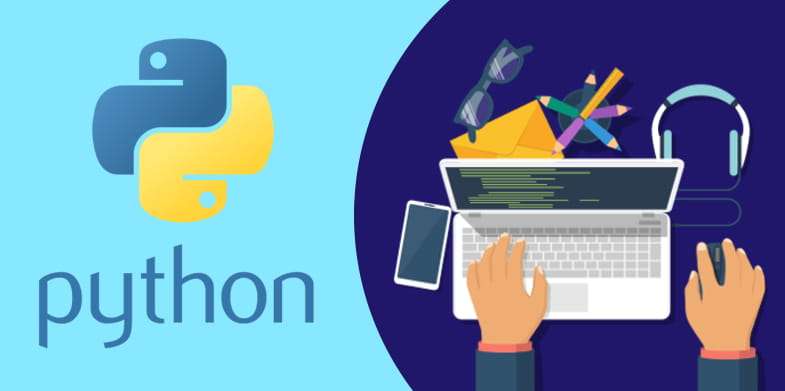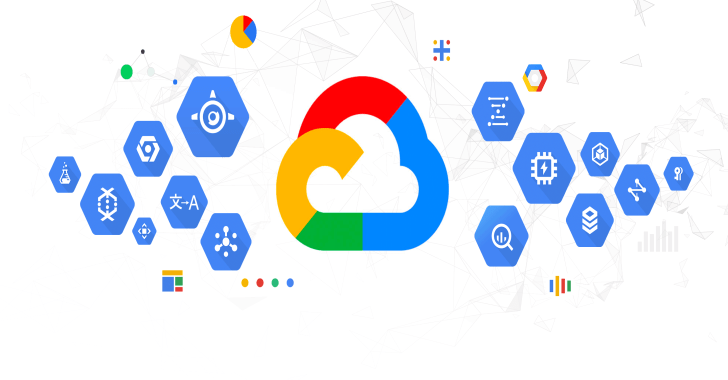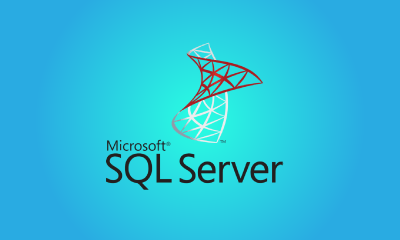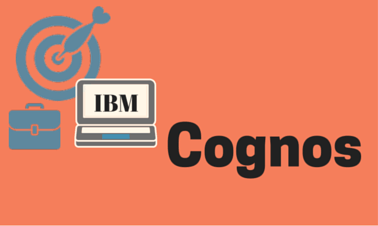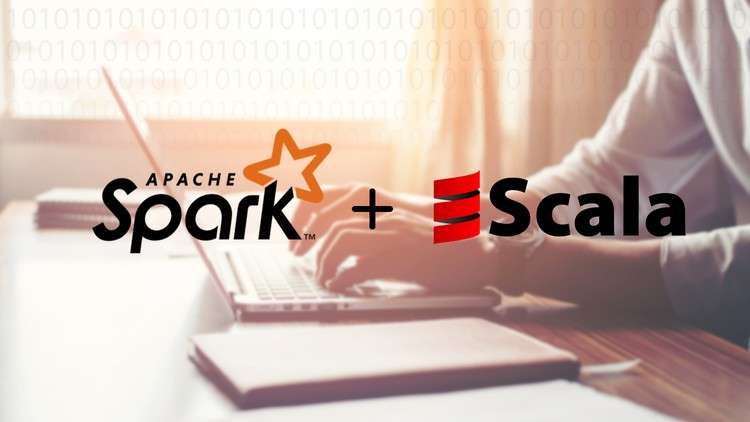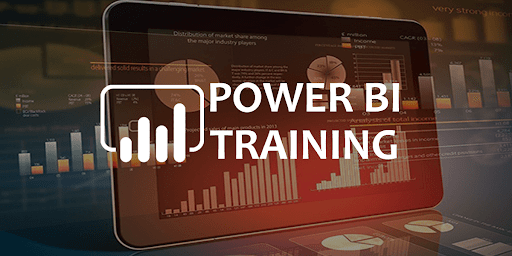Data analyst Training
52% Salary Hike
83% Happy with Outcome
1200+ Learners Have Trusted Us

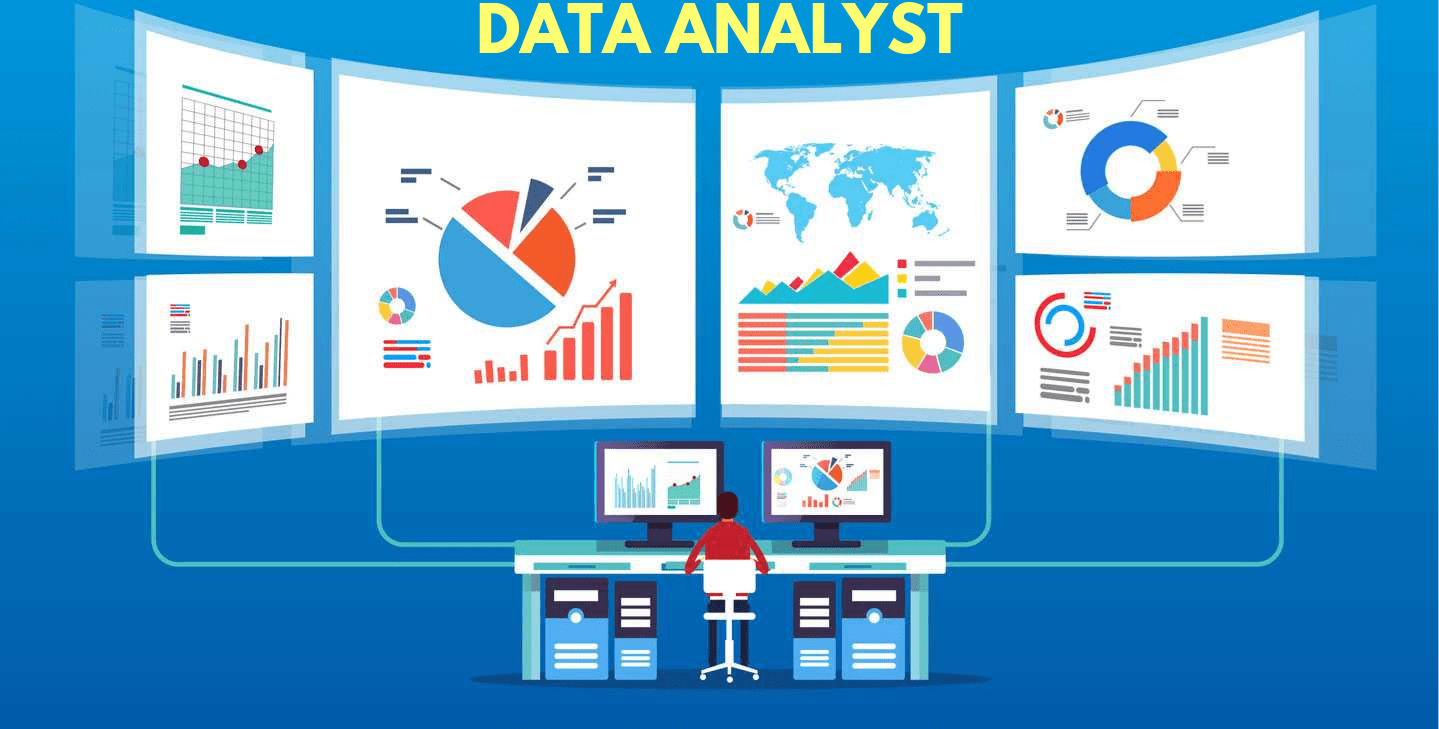
5 Rating ⭐⭐⭐⭐⭐
Learn the basics of data analysis, including data types, data cleaning, and data transformation. Understand statistical concepts such as hypothesis testing, correlation, and regression analysis.
Data Analyst Certification Training Course
The Data Analyst Certification Training Course is designed to provide learners with the skills and knowledge needed to become proficient data analysts. These courses typically cover a range of topics related to data analysis, including data manipulation, visualization, statistical analysis, and machine learning.
Course Content
- Introduction to the World of Business and Data
- Relevant Terms Explained
- Data Analyst Compared to Other Data Jobs
- Data Analyst Job Description
- Object-Oriented Programming (OOP)
- Modules, Packages, and the Python Standard Library
- Importing Module
- Introduction to Using NumPy and panda
- What is Software Documentation
- The Python Documentation
- What Is а Matrix?
- Scalars and Vectors
- Linear Algebra and Geometry
- Arrays in Python
- What Is a Tensor?
- Adding and Subtracting
- Matrices Errors
- When Adding Matrices
- Transpose Dot Product of Vectors
- Dot Product of Matrices Why is Linear Algebra Useful
- The NumPy Package and Why We Use It
- Installing/Upgrading NumPy
- Ndarra
- The NumPy Documentatio
- NumPy Basics – Exercise
- Introduction to the pandas Librar
- Installing and Running pandas
- Introduction to pandas Series
- Working with Attributes in Python
- Using an Index in pandas
- Introduction to pandas DataFrames
What is data gathering/data collection?
- Overview of APIs
- GET and POST Request
- Data Exchange Format for APIs: JSON
- Introducing the Exchange Rates API
- Including Parameters in a GET Request
- More Functionalities of the Exchange Rates API
- Coding a Simple Currency Conversion Calculaton
- iTunes API: Homework
- iTunes API: Structuring and Exporting the Dat
- Pagination: GitHub API
Data Cleaning and Data Preprocessing
- unique(), .nunique()
- Converting Series into Arrays
- sort_values()
- Attribute and Method Chaining
- A Revision to pandas DataFrames
- Common Attributes for Working with DataFrames
- Data Selection in pandas DataFrame
- Data Selection – Indexing with .iloc[
- Data Selection – Indexing with .loc[
- A Few Comments on Using .loc[] and .iloc[]
- Indexing in NumPy
- Assigning Values in NumPy
- Elementwise Properties of Arrays
- Types of Data Supported by NumPy
- ndarrays
- Arrays vs Lists
- Strings vs Object vs Number
- Basic Slicing in NumPy
- Stepwise Slicing in NumPy
- Conditional Slicing in NumPy
- Dimensions and the Squeeze Function
- What Is Data Visualization and Why Is It Important?
- Why Learn Data Visualization?
- Choosing the Right Visualization – What Are Some Popular Approaches and Framewor
- Introduction into Colors and Color Theory
- Bar Chart – Introduction – General Theory and Getting to Know the Dataset
- Bar Chart – How to Create a Bar Chart Using Python
- Bar Chart – Interpreting the Bar Graph. How to Make a Good Bar Graph
- Pie Chart – Introduction – General Theory and Dataset
- Pie Chart – How to Create a Pie Chart Using Python
- Pie Chart – Interpreting the Pie Chart
- Pie Chart – Why You Should Never Create a Pie Graph
- Stacked Area Chart – Introduction – General Theory. Getting to Know the Dataset
- Stacked Area Chart – How to Create a Stacked Area Chart Using Python
- Stacked Area Chart – Interpreting the Stacked Area Graph
- Stacked Area Chart – How to Make a Good Stacked Area Chart
- Line Chart – Introduction – General Theory. Getting to Know the Dataset
- Line Chart – How to Create a Line Chart in Python
- Line Chart – Interpretation
- Line Chart – How to Make a Good Line Chart
- Histogram – Introduction – General Theory. Getting to Know the Dataset
- Histogram – How to Create a Histogram Using Python
- Histogram – Interpreting the Histogram
- Histogram – Choosing the Number of Bins in a Histogram
- Histogram – How to Make a Good Histogram
- Scatter Plot – Introduction – General Theory. Getting to Know the Dataset
- Scatter Plot – How to Create a Scatter Plot Using Python
- Scatter Plot – Interpreting the Scatter Plot
- Scatter Plot – How to Make a Good Scatter Plot
- Regression Plot – Introduction – General Theory. Getting to Know the Dataset
- Regression Plot – How to Create a Regression Scatter Plot Using Python
- Regression Plot – Interpreting the Regression Scatter Plot
- Regression Plot – How to Make a Good Regression Plot
- Bar and Line Chart – Introduction – General Theory. Getting to Know the Dataset
- Bar and Line Chart – How to Create a Combination Bar and Line Graph Using Python
- Bar and Line Chart – Interpreting the Combination Bar and Line Grap
- Bar and Line Chart – How to Make a Good Bar and Line Graph
TOP Companies hiring DATA ANALYST




Previous
Next
Data analyst Certification Course Overview
The Data Analyst Certification Course is designed to provide learners with the skills and knowledge needed to become proficient data analysts. These courses typically cover a range of topics related to data analysis, including data manipulation, visualization, statistical analysis, and machine learning.
Data analyst Training Key Features
- Career Support
- Industry-based projects for experiential learning
- Dedicated live sessions by faculty of industry experts
- Up-to-Date Content
- Industry-recognized course completion certificate
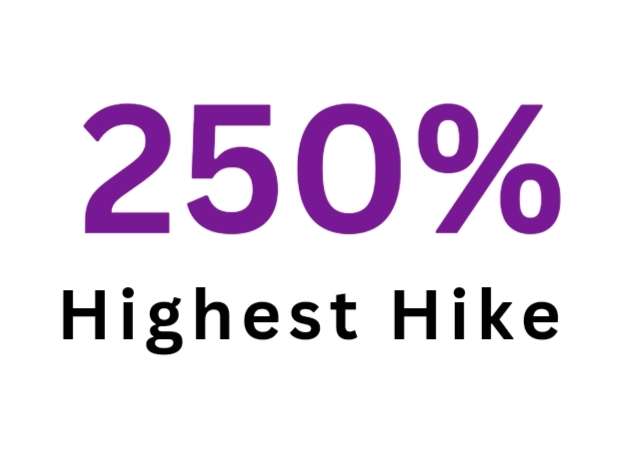
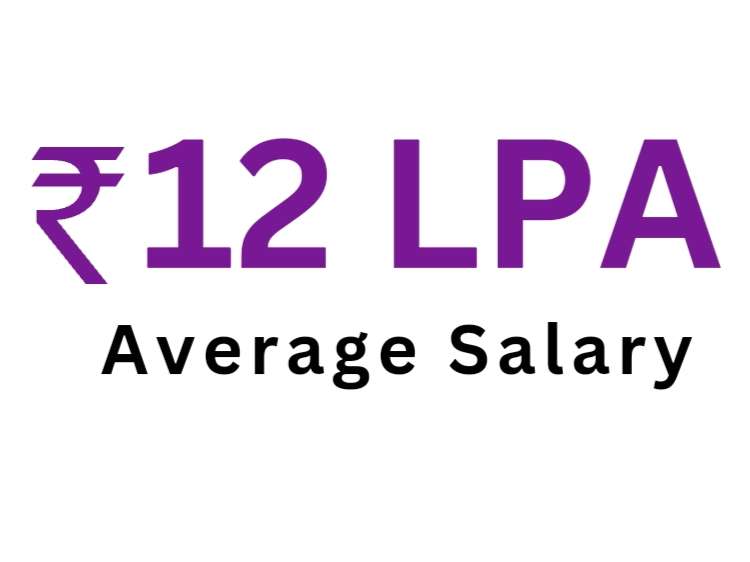
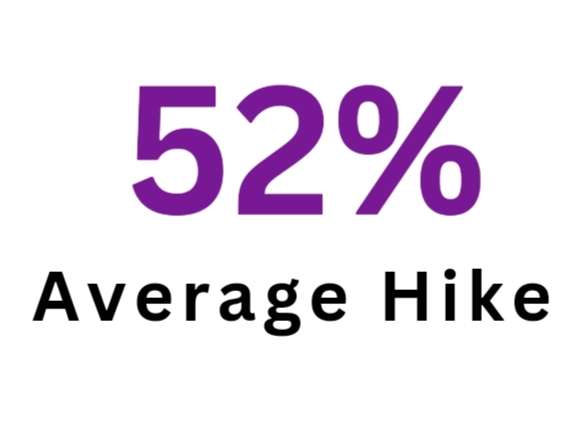

Previous
Next
Skills Covered
- Data Analysis Fundamentals
- Statistical Analysis
- Data Visualization
- SQL for Data Analysis
- Machine Learning
- Big Data Analytics
Google Reviews



Explore Training Program
- Learners can share insights, ask questions, and engage in discussions, fostering a collaborative learning atmosphere.
- Courses are typically designed with a set curriculum that aims to meet the learning objectives of the group as a whole.
- Training sessions are scheduled at predetermined times, which can help learners maintain a consistent learning routine.
One on One
- The trainer focuses solely on one student, allowing for immediate feedback, personalized guidance, and a learning pace that suits the individual.
- One-on-one training often comes with the flexibility to schedule sessions at times that are most convenient for the learner, accommodating their personal and professional commitments.
Weekend Batch
- Classes are usually held on weekends, making it convenient for those who are busy during the weekdays.
- Since the classes are on weekends, the training sessions might be longer than typical weekday classes, aiming to cover the syllabus efficiently over a shorter period.


